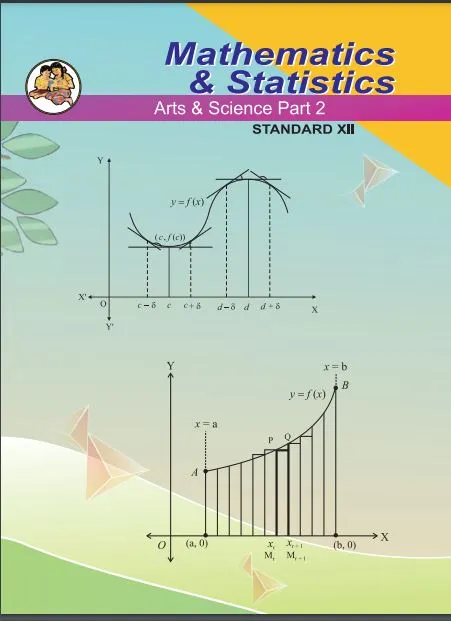
Differentiation: This chapter is important because it is the foundation of calculus and provides a tool for calculating rates of change, slopes of curves, and optimization of functions. Differentiation is also used in various fields, such as physics, economics, engineering, and computer science.
Applications of Derivatives: This chapter is important because it provides an understanding of how derivatives can be used to solve optimization problems, such as finding maximum and minimum values of functions. It also includes applications in various fields, such as physics, economics, and engineering.
Indefinite Integration: This chapter is important because it provides a tool for finding antiderivatives of functions and evaluating definite integrals. Integration is used in various fields, such as physics, economics, and engineering.
Definite Integration: This chapter is important because it provides a tool for finding the area under curves and evaluating definite integrals. Definite integration is used in various fields, such as physics, economics, and engineering.
Application of Definite Integration: This chapter is important because it provides an understanding of how definite integrals can be used to solve problems related to finding areas, volumes, and centers of mass. It also includes applications in various fields, such as physics, economics, and engineering.
Differential Equations: This chapter is important because it provides a tool for modeling various physical, biological, and engineering phenomena. Differential equations are used in various fields, such as physics, economics, and engineering.
Probability Distributions: This chapter is important because it provides an understanding of probability and its applications in various fields, such as statistics, economics, and engineering.
Binomial Distribution: This chapter is important because it provides an understanding of how to model and solve problems related to the binomial distribution, which is a fundamental concept in probability theory and statistics. The binomial distribution is used in various fields, such as economics, biology, and psychology.
Overall, the study of these chapters provides a foundation for further study in mathematics and its applications in various fields. They enable students to solve problems related to rates of change, optimization, area, volume, probability, and statistics.
